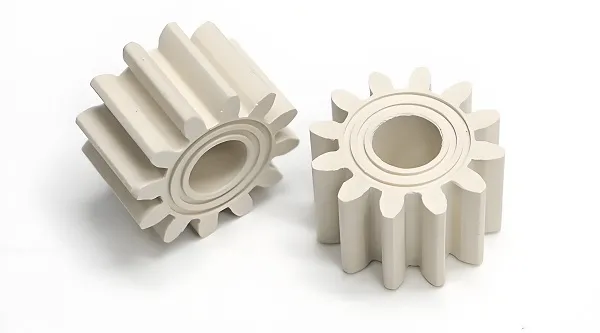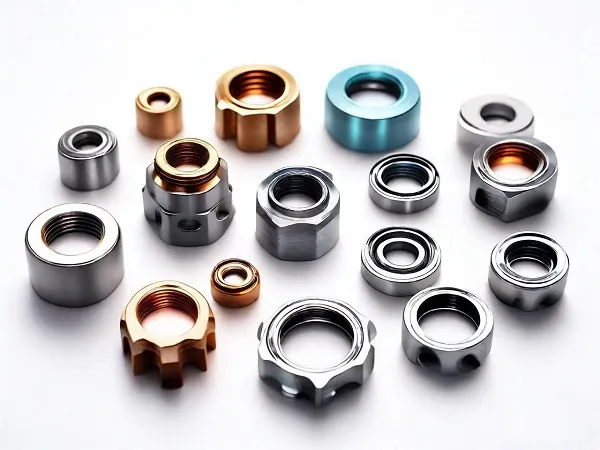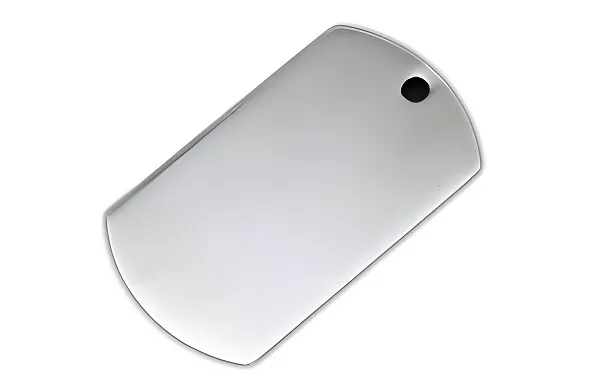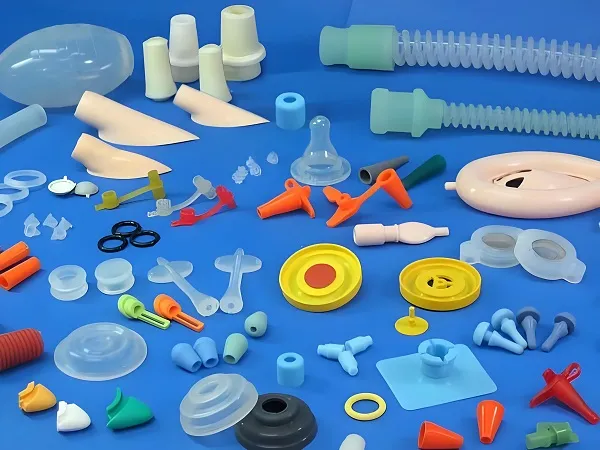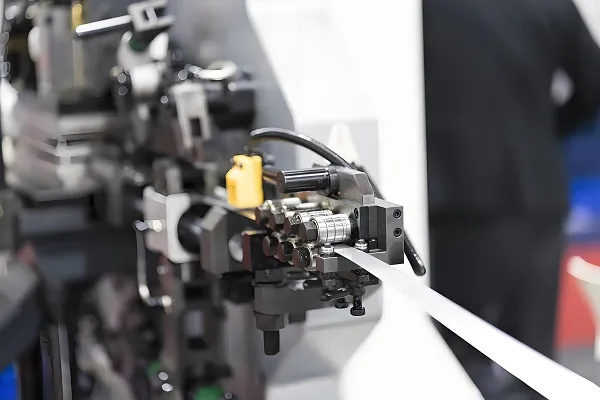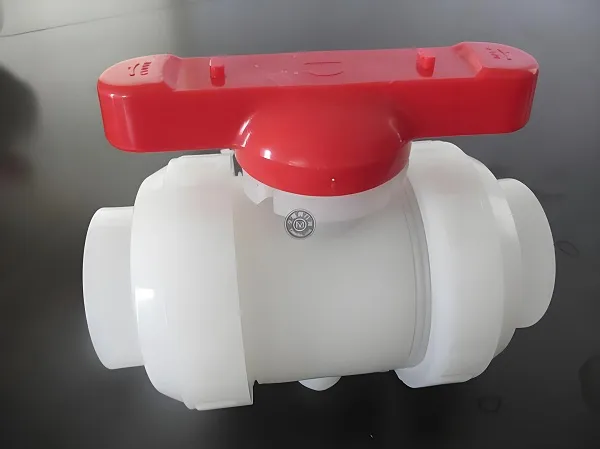Why Do Plastic Products Need a “Metal Heart”?
Plastics are lightweight and corrosion-resistant, but they inherently have a fatal weakness – the threaded connection is prone to slipping and aging. Data shows that the global market size of plastic thread inserts exceeded 2.3 billion US dollars in 2024, driven by three industry pain points:
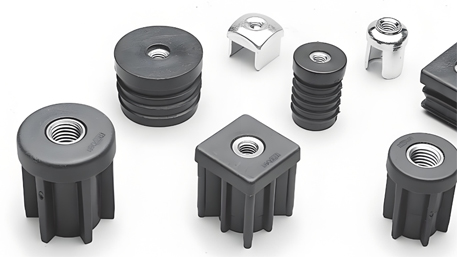
The “Three Magic Weapons” of Thread Inserts
-
Material Revolution: Combining Lightweight and Strength
Aluminum Alloy Inserts: 2024-grade aerospace aluminum inserts have 40% higher strength than brass and only 1/3 of its weight. For example, a certain drone motor bracket switched to aluminum inserts, reducing the weight of each piece by 12 grams and increasing the battery life by 8 minutes.
Stainless Steel Anti-Corrosion: 316L medical-grade stainless steel inserts maintain 92% of the initial thread strength after soaking in disinfectant for 1,000 hours. -
Structural Design: Making Screws Hold Tighter
Spiral Knurling Technology: The outer surface of the insert has 45° spiral knurling, increasing the pull-out resistance by 4 times. Tests show that M6 inserts in ABS plastic can withstand an axial tension of 800N, equivalent to lifting an 80-kilogram weight.
Barb Locking Structure: The tail of the insert is designed with 0.3mm barbs. During injection molding, plastic flows into the barb gap to form a mechanical interlock, and the torsional moment resistance reaches 25N·m, which is 3 times higher than that of ordinary self-tapping screws. -
Process Innovation: Completing Implantation in 20 Seconds
Ultrasonic Installation: Generate local heat through 20kHz high-frequency vibration and melt the insert into the plastic within 5 seconds. The installation efficiency is 70% higher than the traditional hot melt process.
In-Mold Injection Molding Integration: Pre-embed inserts in the injection mold to achieve seamless combination of “metal – plastic” in one molding. A certain automotive lamp shade enterprise uses this process to upgrade the waterproof level from IP54 to IP68.
Real Scenarios: These Industries Are Loving It
-
Consumer Electronics: Say Goodbye to Cracked Screw Holes
A certain smartwatch brand embeds M2 stainless steel inserts in the watch case, increasing the screw disassembly life from 50 times to 500 times and reducing after-sales maintenance costs by 40%.
The charging compartment of TWS headphones adopts a “one insert double thread” design, simultaneously fixing the charging contacts and the cabin cover hinge, saving 30% of the structural space. -
Automotive Manufacturing: The Anchor in Vibrating Environments
The handle of Tesla’s charging gun is built-in with M8 aluminum inserts. In the temperature difference test from -40°C to 120°C, the thread connection strength fluctuation rate is < 3%.
The battery pack bracket of new energy vehicles adopts the “insert array” design. 128 connection points simultaneously withstand an impact force of 1,500kg without loosening. -
Medical Devices: The Last Line of Defense for Safety
The handle of the endoscope uses titanium alloy inserts. After undergoing 2,000 high-temperature and high-pressure sterilizations, the thread accuracy still remains within ±0.02mm.
The infusion interface of the insulin pump adopts an insert with a sealing ring, reducing the leakage rate from 0.5% to 0.01%.
Future Trends: Smarter and Greener
Intelligent Installation Robots: By 2025, 30% of enterprises will adopt an automated insert installation system with visual positioning and force control feedback, with an installation position accuracy of ±0.01mm.
Biodegradable Inserts: Corn starch-based biodegradable inserts have emerged. In a composting environment, the decomposition rate exceeds 90% within 6 months, and the strength still reaches 80% of ordinary plastics.
Digital Twin Pre-Verification: Predict the stress distribution of inserts and plastics through CAE simulation, reducing the number of mold trials by 50%. A certain home appliance enterprise compresses the development cycle from 8 weeks to 3 weeks by doing so.
-
Material Matching Principle
For ordinary ABS/PP plastics: Choose aluminum alloy or brass inserts, and control the cost at 0.5 – 2 yuan each.
For high-temperature nylon/PC materials: Stainless steel inserts must be used, with a temperature resistance of > 150°C. -
Key Parameter Comparison Table
-
Three Elements for Supplier Screening
Look at Certification: The automotive industry requires IATF 16949, and the medical industry requires ISO 13485.
Test the Limit: Request for the cycle test report of -40°C freezing + 120°C baking.
Verify the Service: High-quality suppliers provide full-process support such as “thread design – insert selection – process verification”. For example, a certain Hangzhou enterprise reduces the customer’s product defect rate from 8% to 0.3% through collaborative development.
Thread inserts are not simple “metal patches” but a key technology that bridges the performance gap between plastic and metal. From smart wearables to aerospace equipment, from cost reduction to reliability improvement, this solution is redefining the possibilities of plastic parts.

